Coffee knowledge: why should hand-made coffee be steamed? What is the effect of how long it takes to steam on the extraction
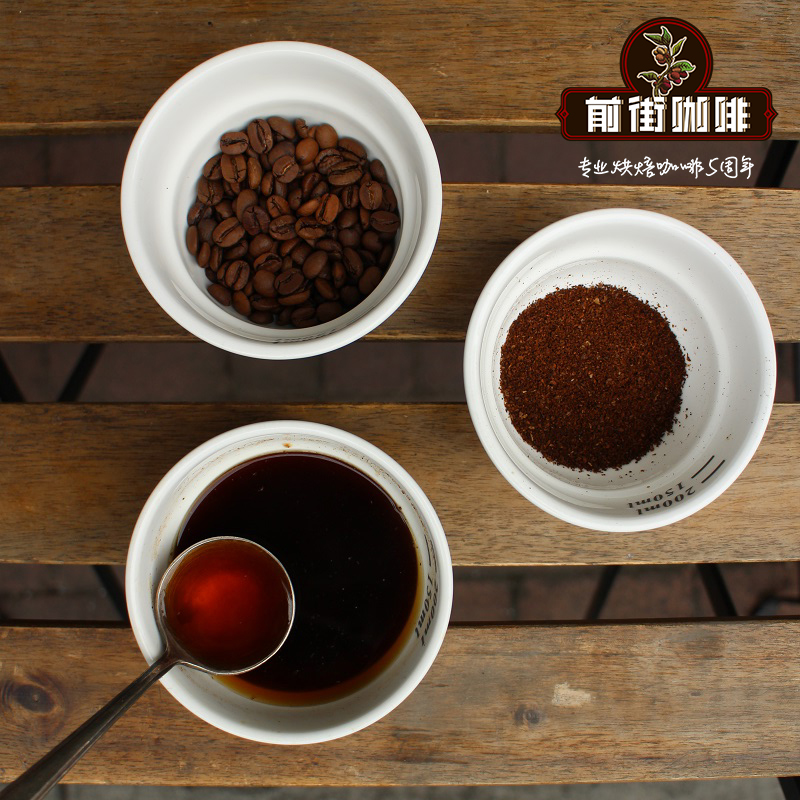
Professional coffee knowledge exchange more coffee bean information please follow the coffee workshop (Wechat official account cafe_style)
Brewing a cup of hand-made coffee is rigorous, because every factor is an important influence of a good cup of coffee, a small mistake may be discouraged, this is the experience of Qianjie, a very painful lesson. So how important is it to make a cup of hand-made coffee at the beginning? Here is the answer to how an operation called steaming affects the quality of a cup of coffee.
"stuffy steaming" is a term that everyone learns when they come into contact with hand-brewed coffee; it refers to the first injection of water into the coffee powder in the filter cup, and it is also emphasized that the coffee powder should be soaked as much as possible, when the powder layer will theoretically expand, usually for 30 seconds.
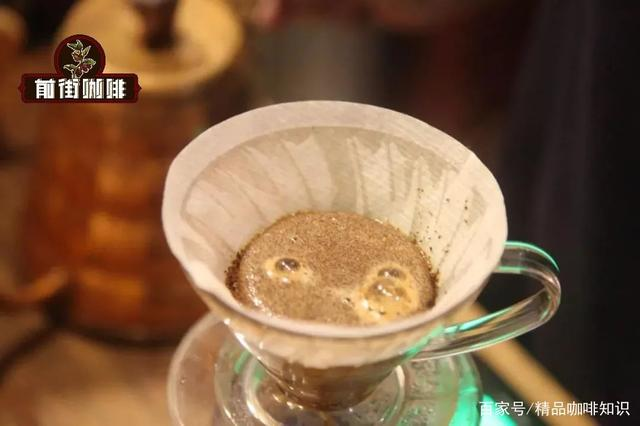
However, in the course of actual operation, we should encounter a lot of questions: how much water should be injected as "fully soaked"? Why is it that sometimes the coffee powder does not expand, but the powder layer collapses? Why 30 seconds? What effect does non-stuffy steaming have on coffee flavor?
Here, we still return to the perspective of physical chemistry to discuss this matter. First of all, the cellular structure of roasted coffee beans is full of holes like a beehive, which store coffee aroma substances and carbon dioxide emissions, waiting to be extracted.
When the ground coffee powder comes into contact with hot water, the carbon dioxide in the hole will be discharged quickly, and we can observe that a lot of foam will be produced during water injection, that is, the combination of carbon dioxide and coffee powder. As the gas goes up, these foams block the passage of the coffee powder layer, preventing the flow of water from flowing deeper, which actually hinders the subsequent extraction.
Therefore, first soak the coffee powder with a small amount of water, let the carbon dioxide be properly discharged, when the channel between the powder layers is not blocked by gas, and then carry out the next stage of water injection, we can successfully achieve our ideal extraction state.
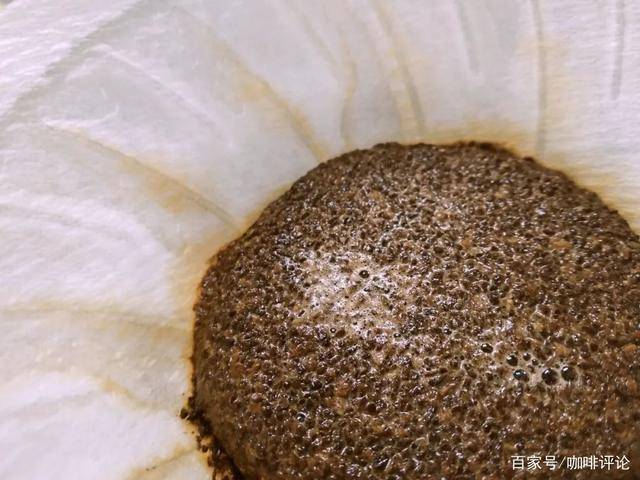
To sum up, we also tend to call this kind of water injection for the purpose of soaking coffee powder as "pre-soaking" rather than "steaming", which will be more in line with the physical explanation. It is not difficult to imagine the amount of water and time of pre-soaking. In order to fully soak the coffee, at least the amount of water that can be absorbed by the coffee powder will be injected (it is usually said that 1g of the powder will absorb 2g of water), and the time of pre-soaking can be made by observing the exhaust condition of the powder layer, based on the fact that most of the gas can be discharged without allowing the powder layer to collapse.
The deeper coffee has a lower moisture content, and when it comes into contact with water, it will absorb water and release more gas, thus allowing a greater degree of expansion.
Shallow coffee has a higher moisture content, less water absorption and less gas release when it comes into contact with water, so it is less likely to expand.
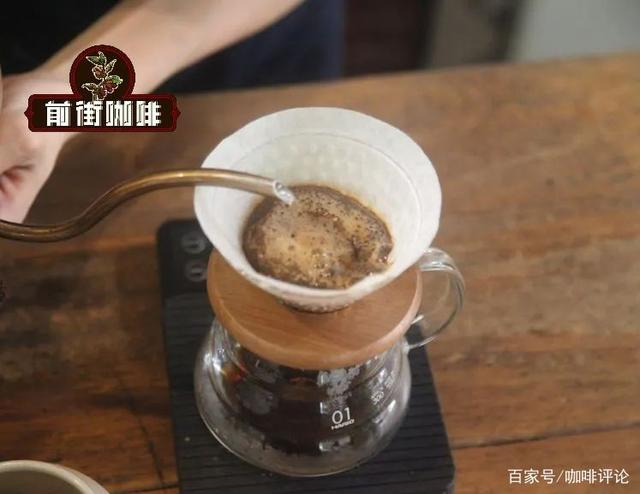
What should you pay attention to when steaming?
| the amount of water is just right.
If there is too much steaming water, dripping a large amount of coffee liquid, the situation is that the falling water does not stay but directly brings out the substance outside the coffee powder. When the outer layer of the coffee powder is dissolved, the inner layer of the coffee powder or dry hot water seeps into the inner layer of the coffee powder, and the miscellaneous taste and astringency of the outer layer of the coffee powder begin to dissolve. The coffee brewed in this way is not only light, but also has an exquisite mixed smell.
If the amount of stuffy steam is insufficient and no water droplets fall at all, then the coffee powder does not absorb enough water, and some coffee is not exhaust enough, which will cause insufficient extraction.
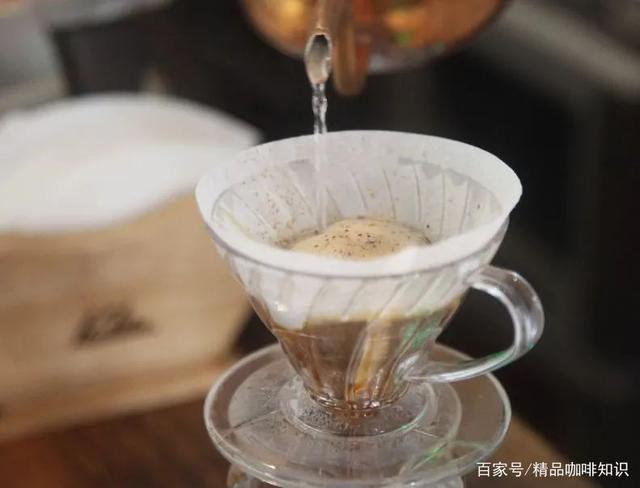
| do not inject water too gently.
When you inject water very gently, or listen to the so-called "paving" saying, when injecting water, there is not enough strength to let the water penetrate the surface powder layer, but moist the surface, so that the water can only rely on capillarity and gravity to infiltrate into the deep layer. At this time, the time for steaming water to seep from the surface to the bottom will be prolonged, and some of the water will spread from the surface and flow away from the edge ribs. And reduce the actual amount of water obtained by steaming coffee powder, the effect of steaming will naturally be greatly reduced.
1. To increase the intensity of water injection, you can start from two aspects: the size of the water column and the height of water injection. After all, some small-mouth pots are really only suitable for fine flow, and when the flow is large, it is easy for the water column to tilt. At this time, increase the height of water injection. Let the gravity acceleration provide you with enough penetration. Of course, don't splash.
2. Appropriately increase the amount and time of steaming. If the soldiers come to cover up the water and cover the soil, since the penetration is not enough, the actual amount of steaming will be reduced and the speed will be slowed down, so just increase the amount of water and prolong the steaming time.
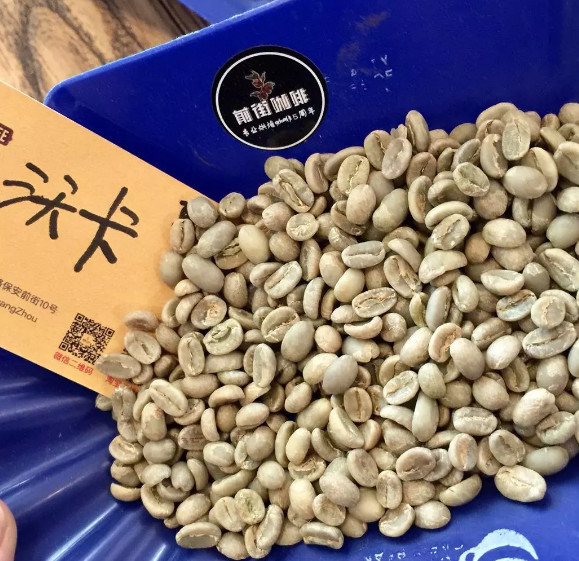
But is it necessary to add steaming to the hand flushing? Let's compare the effect of steaming and non-steaming on a cup of coffee by taking Yega Chuefeiwaka, which has been baked for 8 days, as an example.
Water temperature 90 °Grinding degree: BG-6L Powder / Water ratio: 1:15 time: 2:05
Cooking technique: 27g steaming for 30 seconds, small flow slowly injecting 120g into sections, water level falling is about to expose powder bed water injection to 225g to stop cooking.
Water temperature 90 °Grinding degree: BG-6L Powder / Water ratio: 1:15 time: 1:46
Flushing and cooking technique: direct water injection to 120g section, water level drop will reveal powder bed water injection to 225g to stop cooking
Contrast: in terms of flavor, the taste of the steaming step is more intense, and the fragrance of the flowers is much more obvious than that of the non-steaming step, and the level is also relatively rich; while the cup [Waka] without the steaming step is somewhat sour, with the smell of some grass, and the obvious feeling of insufficient extraction.
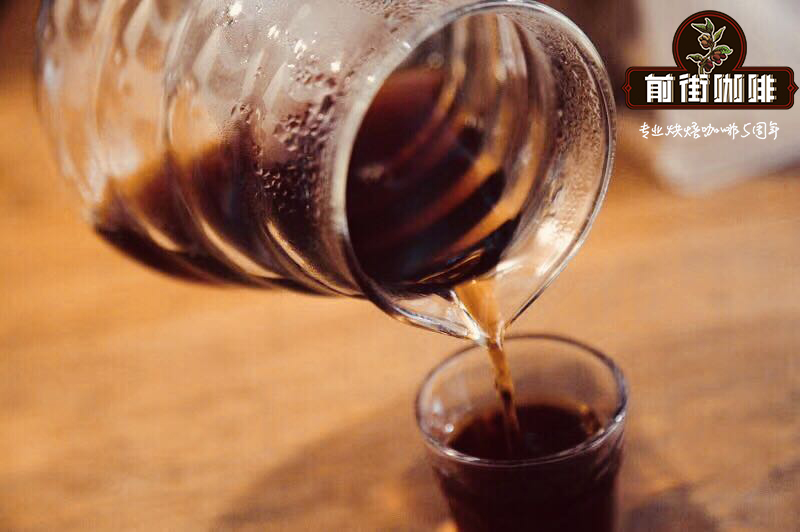
Important Notice :
前街咖啡 FrontStreet Coffee has moved to new addredd:
FrontStreet Coffee Address: 315,Donghua East Road,GuangZhou
Tel:020 38364473
- Prev

Hand brewing method of coffee-steaming and stirring of hand brewed coffee
Professional coffee knowledge exchange more coffee bean information please follow the coffee workshop (Wechat official account cafe_style) hand-brewed coffee is really great! You can watch the flow of water stay gracefully, while a good coffee is like a crystal-clear liquid, and the best thing is that anyone can make it at home. But it looks great, but it's not as simple as it looks, except for the common water temperature,
- Next

Kenya Neri round bean coffee flavor Kenyan water washing treatment
Professional coffee knowledge exchange more coffee bean information please follow the coffee workshop (Wechat official account cafe_style) Kenya Yoli small beans SL28 SL34 clear processing plant shallow medium roasted coffee beans Origin: Kenya treatment plant: washing roasting degree: shallow medium roasted weight: 220g dry aroma for almonds and citrus aromas bright mulberries and blackcurrants can be felt at the entrance
Related
- What is the meaning of lactic acid fermentation with coffee bean treatment?
- How to judge the state of foam by sound?
- How does the latte pull out the unicorn pattern? Come to get for a little trick to improve the flower pull!
- Will flower pulling affect the taste of the latte?
- Do you know the history of coffee?
- The difference between honey treatment and sun washing what is raisin honey treatment?
- What kind of milk can a novice use to make coffee foam to keep the foam longer? The correct method and skills of milking tutorial sharing
- Why do washed coffee beans taste sour? Flavor characteristics of washed Coffee
- Introduction to the skill of how to practice the size and height of water injection around the circle of hand-brewed coffee
- How do beginners practice coffee flower drawing from scratch?

